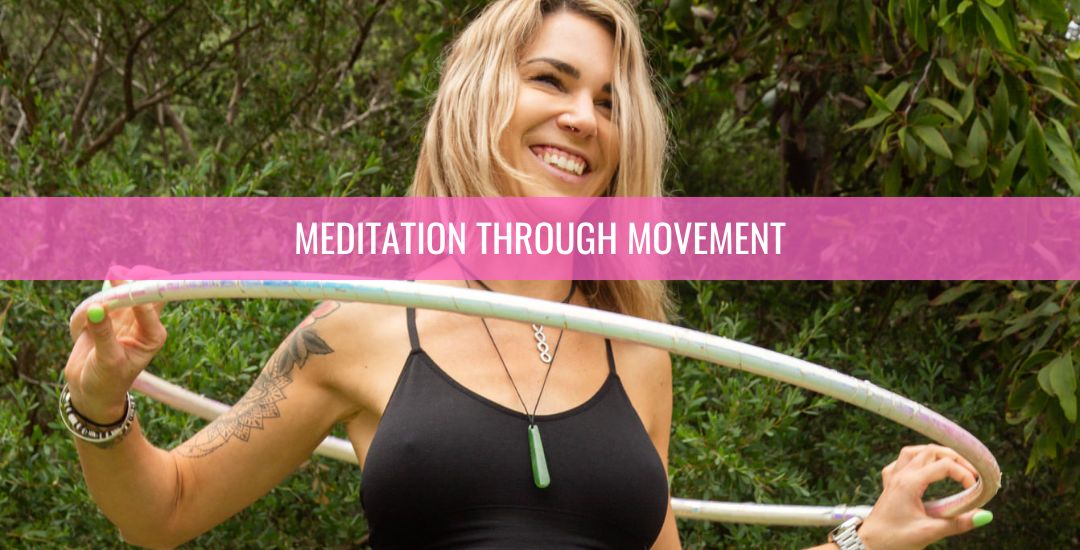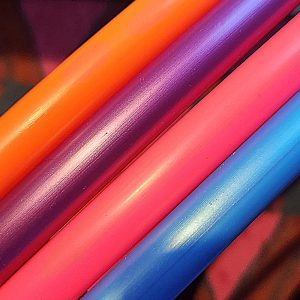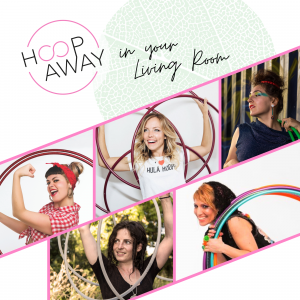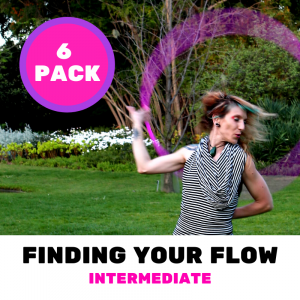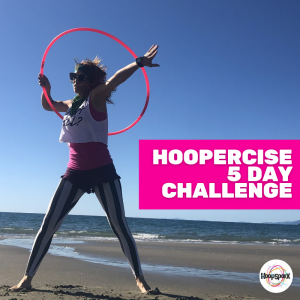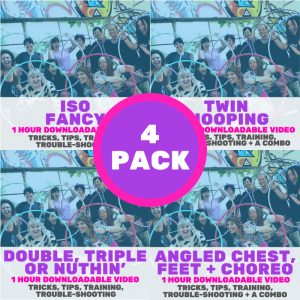What comes to mind when you think of meditation? For many, it’s the image of sitting quietly, eyes closed, focusing on the breath. While this is a common and effective form of meditation, it’s not the only way to connect with your mind, body, and spirit. Meditation through movement (aka movement meditation) offers an alternative path to mindfulness — ideal for those who struggle to sit still or are seeking a more dynamic, yet equally transformative and grounding, experience.
Movement meditation is the practise of achieving mindfulness by focusing on repetitive, flowing, and intentional motions. Instead of quieting the mind through stillness, it invites the body to become an anchor for awareness. Movement can help reduce stress, increase focus, and foster a deep sense of connection with self.
Hula hooping and circus arts are an incredible avenue for exploring movement meditation as they require total presence and attention to the now, connection with breath and they combine physical engagement with creativity.
Rhythmic repetition: The repetitive, circular motion of a hula hoop creates a natural rhythm that helps guide the mind into a meditative state. This rhythm can act like a mantra, allowing your thoughts to slow down and your body to synchronize with the movement. The tactile sensation of the hoop gliding over your body provides a tangible focal point, grounding you in the present moment. Over time, the repetitive nature of the movement encourages a sense of ease and flow, making it easier to let go of distractions and immerse yourself fully in the experience.
Sensory awareness: Engaging with props like hula hoops, poi, or a dragon staff heightens your body awareness through continuous physical feedback. The weight, texture, and movement of these props provide constant sensory input, helping you tune in to your body’s alignment, balance, and rhythm. This interaction draws your attention away from racing thoughts and external worries, redirecting your focus to the sensations and movements of your body. As you become more aware of how your body responds to the prop’s motion, you develop a deeper connection with yourself, enhancing both mindfulness and physical presence.
Entering the flow state:Circus skills like juggling, poi spinning, hula hooping, and balancing require intense focus and coordination. As you practice and improve, you can enter a state of flow — a deeply immersive experience where time seems to melt away and the present moment takes full focus. This state arises when there’s a perfect balance between the challenge of the task and your skill level. Clear goals, immediate feedback from your movements, and the sense of control over your actions contribute to staying in flow. In this space, distractions and self-consciousness fade, leaving you fully engaged and intrinsically motivated.
Benefits of movement meditation with circus arts
Much like traditional meditation – movement meditation with circus skills encourages deep concentration and presence. This practise can help reduce stress, increase body awareness, and promote emotional balance by allowing you to fully immerse yourself in the moment. It has the added bonus of enhancing your flexibility, coordination, strength, creativity, and self-expression! Plus, your cognitive function will get a boost and, as the repetitive, fluid motions allow your brain to enter a state of relaxation, your mental clarity will improve.
Improved mental clarity: The focus required in hula hooping and juggling helps clear mental clutter, similar to traditional meditation.
Stress relief: Engaging in physical movement releases endorphins, your body’s natural stress relievers. Combining this with mindful attention amplifies the calming effect.
Enhanced body awareness: Circus skills require balance, coordination, and precision, which help you develop a stronger connection with your body.
Increased creativity: Learning new tricks and movements stimulates your brain, keeping your practise playful and engaging. This movement can assist with unlocking new pathways and create an abundance of new ideas.
Accessible for all levels: Whether you’re a beginner or an experienced performer, movement meditation is adaptable. Start small and build up as you gain confidence.
How to get started with movement meditation
Before you start, take a moment to set an intention. It could be to relax, focus, or simply have fun.
If you’re new to hula hooping, begin with waist hooping. Focus on the rhythm of the hoop and how it feels against your body. For other circus skills, start with basic tricks and movements that don’t require too much thought. Sync your breath with your movements. This helps deepen the meditative experience and keeps your mind connected to your body.
Movement meditation isn’t about nailing every trick. It’s about being present and enjoying the process. It’s about embracing any stumbles as part of the journey. Once you’re comfortable with a few moves, try linking them together in a flow. Let your movements guide you. THIS is where the meditative magic happens.
By embracing movement through hula hooping and other circus skills, you can cultivate mindfulness in a fun, dynamic, and creative way. Give it a spin, literally – and experience the transformative power of movement meditation.

